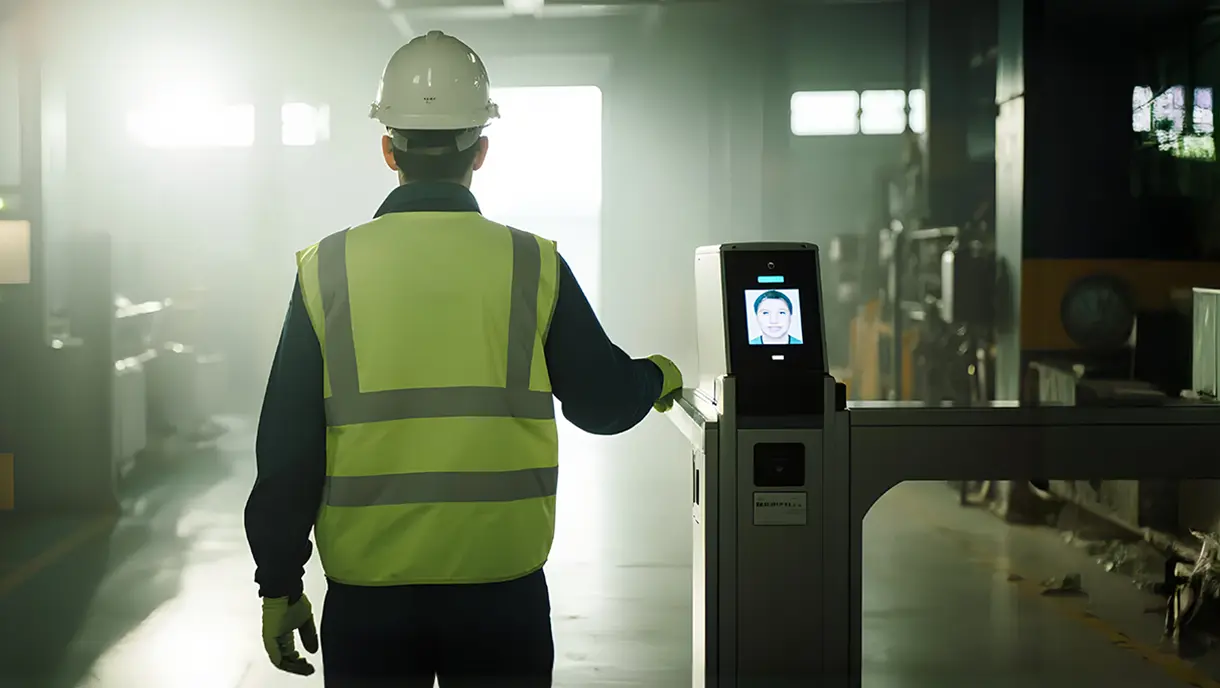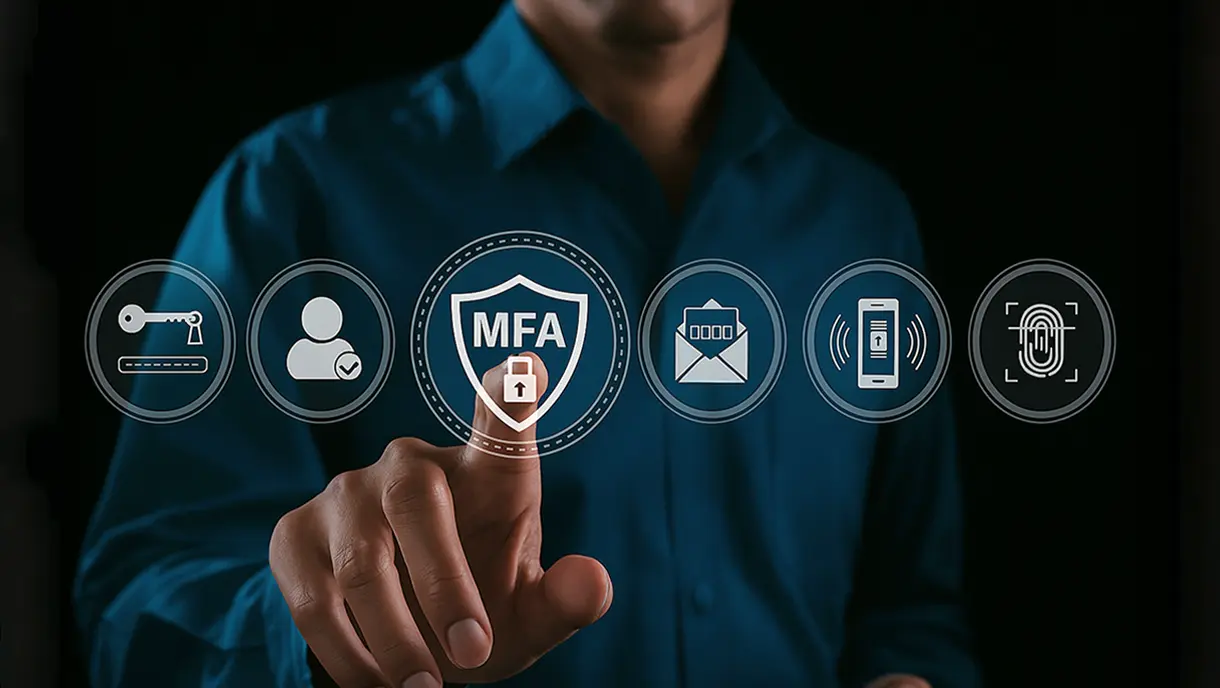MFA Compliance: Key U.S. Requirements & Regulations
Multi-Factor Authentication (MFA) has become a critical security requirement in the U.S. due to rising cyber threats and stricter regulations. It verifies user identity using two or more factors—like passwords, biometrics, or devices. Regulatory frameworks like HIPAA, GLBA, NIST, and PCI DSS encourage or mandate MFA to protect sensitive data. OLOID offers a passwordless, biometric MFA solution tailored for frontline workers, ensuring compliance, ease of use, and strong security. As threats evolve, passwordless and adaptive MFA are shaping the future of secure authentication.

Multi-factor authentication (MFA) has evolved from a "nice-to-have" feature to an essential security measure.
This shift is driven by the surge in cyberattacks and the constantly changing regulatory environment. In the United States, industries across the board are under mounting pressure to implement robust MFA solutions to safeguard sensitive data and maintain end-user trust. The adoption of MFA is crucial for compliance with new regulations and for mitigating the risks associated with increasingly sophisticated cyber threats.
MFA Explained
MFA adds an extra layer of security beyond just a username and password. It requires users to provide two or more independent credentials to verify their identity:
- Something you know: A password, PIN, or security question.
- Something you have: A smartphone, security token, or hardware key.
- Something you are: Biometrics like fingerprints, facial recognition, or voice patterns.
Why MFA Matters for Compliance
- Protecting Sensitive Data: MFA significantly reduces the risk of unauthorized access, even if a password is compromised. This is crucial for industries handling personally identifiable information (PII), financial data, or health records.
- Meeting Regulatory Standards: Many US regulations and industry standards now explicitly recommend or require MFA as a security control. Failure to comply can result in hefty fines, legal repercussions, and reputational damage.
Key US Regulations and Standards
Below are the key US regulations and standards influencing the use of MFA for data security:
- Federal Trade Commission (FTC): Takes a strong stance on MFA, often mandating it in settlements and encouraging adoption.
- Health Insurance Portability and Accountability Act (HIPAA): Doesn't require MFA explicitly, but mandates strong access controls for Electronic Protected Health Information (ePHI). MFA is considered a best practice.
- Gramm-Leach-Bliley Act (GLBA): Applies to financial institutions and recommends MFA as a safeguard for user information.
- National Institute of Standards and Technology (NIST) Cybersecurity Framework: Recognized standard where MFA is a core component of recommended practices.
- Payment Card Industry Data Security Standard (PCI DSS): Requires MFA for specific roles and access levels protecting cardholder data.
- State Privacy Laws (e.g., CCPA, CPRA): May indirectly necessitate MFA to protect consumer data.
OLOID's MFA Solution: Compliance, Security, and Convenience
OLOID's MFA solution addresses compliance requirements while prioritizing security and user experience:
- Strong Authentication: Supports biometric facial recognition that meets NIST Level 1 and 2 standards.
- Passwordless Experience: Eliminates risks of weak or reused passwords.
- Ease of Use: Intuitive experience for employees, especially deskless workers using shared devices.
- Flexible Deployment: Works across devices and environments, adaptable for various industries.
- Regulatory Alignment: Compliant with HIPAA, GLBA, NIST, and more to minimize compliance risks.
MFA Implementation Best Practices
- Choose the Right MFA Solution: Look for a balance of security, compliance, and ease of use.
- Educate Your Users: Ensure users understand why and how MFA protects them.
- Regularly Review and Update: Keep pace with evolving cyber threats and technologies.
The Future of MFA
MFA is set to become more ubiquitous as threats rise and regulations tighten. Emerging innovations like passwordless MFA and adaptive authentication—as seen in OLOID’s platform—will continue to reshape how organizations safeguard access.
Remember: MFA is a critical investment. Choosing a modern solution like OLOID helps protect your business, data, and people.
FAQs
Q1: What are the multi-factor authentication requirements?
Multi-factor authentication (MFA) requirements aren't universal, but there are key points to note:
- MFA isn't always mandatory: Some industries—like finance and healthcare—encourage strong security, and MFA is a great way to achieve this.
- Focus on extra security: MFA adds a layer beyond passwords, such as a fingerprint or a code from your phone.
- Voluntary use is common: Even if not mandated, many companies adopt MFA for better protection.
Q2: Is certificate-based authentication MFA?
It depends:
- By itself: Certificate-based authentication is single-factor (SFA), as it relies only on “something you have.”
- With additional steps: If used with a PIN, password, or biometrics, it becomes multi-factor authentication (MFA) by adding “something you know” or “something you are.”






Get the latest updates! Subscribe now!




